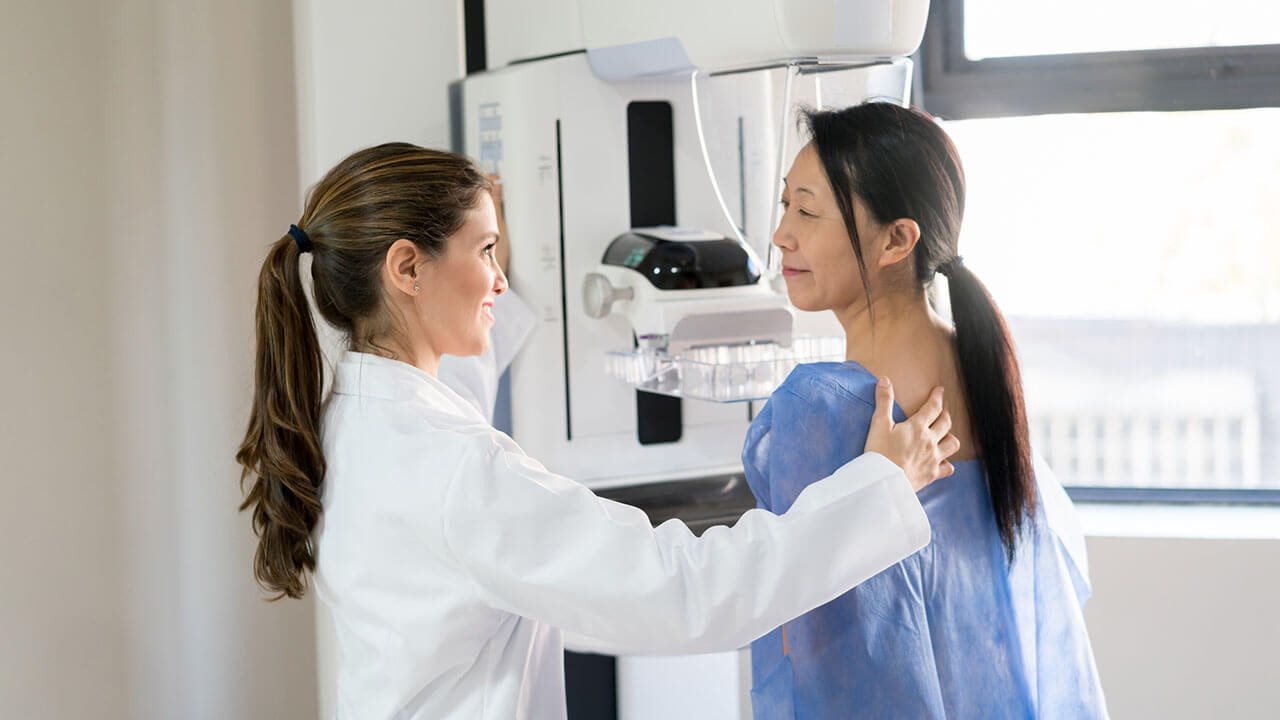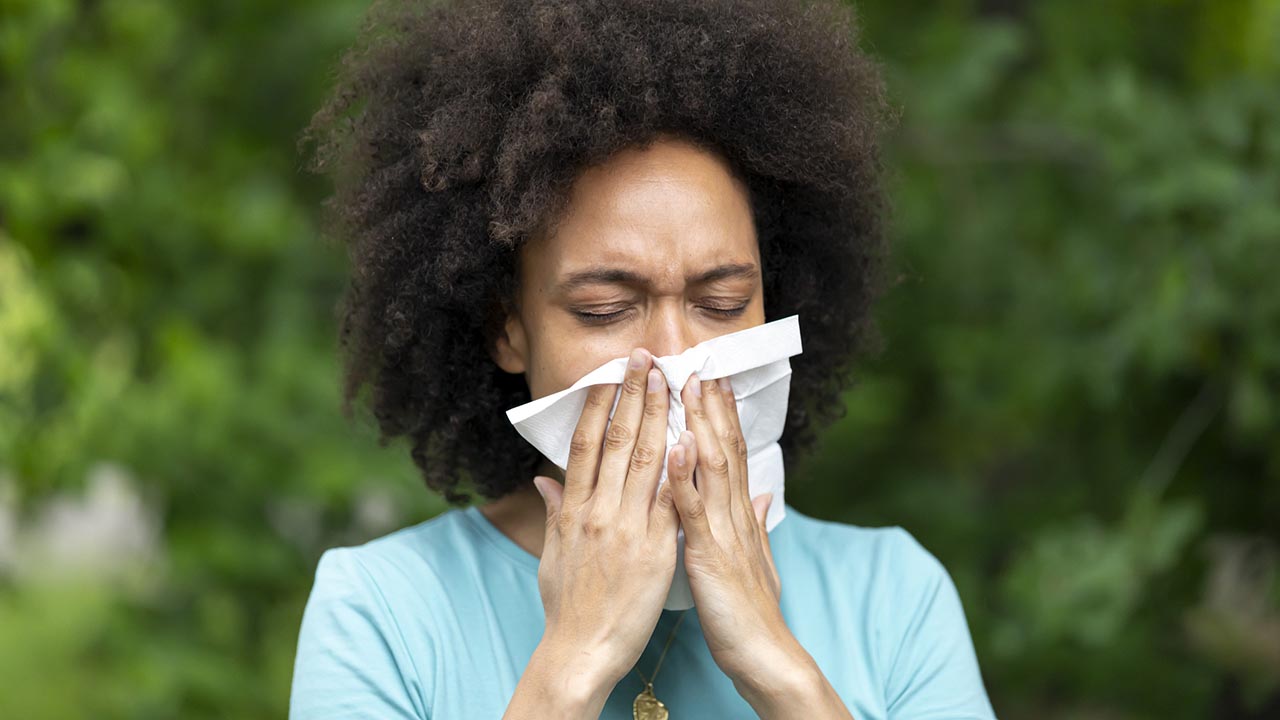

We’ve all heard it…breast cancer. And, you likely know someone who’s been diagnosed. In fact, according to the American Cancer Society, 1 in 8 women will be diagnosed with breast cancer. It’s the second most common cancer in women after skin cancer. And, did you know that men can get it too?
Breast cancer occurs when cells in the breast begin to grow abnormally. These cells divide more rapidly than healthy cells and continue to accumulate, forming a lump or mass. Cells may spread through the breast to lymph nodes or to other parts of the body.
Breast cancer most often begins with cells in the milk-producing ducts. Breast cancer may also begin in the glandular tissue, called lobules, or in other cells or tissue within the breast.
Researchers have identified hormonal, lifestyle and environmental factors that may increase your risk of breast cancer. But it's not clear why some people who have no risk factors develop cancer, yet other people with risk factors never do. It's likely that breast cancer is caused by a complex interaction of a person’s genetic makeup and environment.
Luckily we have a screening test, mammogram, to help detect breast cancer in the early stages, possibly before it has spread to other parts of the body. If you are over the age of 40, talk to your provider about when is the right time to begin screening.
Understanding risk factors and making lifestyle changes that reduce your risk is an important step in staying healthy.
Breast cancer occurs when cells in the breast begin to grow abnormally. These cells divide more rapidly than healthy cells and continue to accumulate, forming a lump or mass. Cells may spread through the breast to lymph nodes or to other parts of the body.
Breast cancer most often begins with cells in the milk-producing ducts. Breast cancer may also begin in the glandular tissue, called lobules, or in other cells or tissue within the breast.
Researchers have identified hormonal, lifestyle and environmental factors that may increase your risk of breast cancer. But it's not clear why some people who have no risk factors develop cancer, yet other people with risk factors never do. It's likely that breast cancer is caused by a complex interaction of a person’s genetic makeup and environment.
Luckily we have a screening test, mammogram, to help detect breast cancer in the early stages, possibly before it has spread to other parts of the body. If you are over the age of 40, talk to your provider about when is the right time to begin screening.
Understanding risk factors and making lifestyle changes that reduce your risk is an important step in staying healthy.
When to talk to your health care provider
If you notice any changes in your breasts, talk to your health care provider. Changes are common and many are not concerning, but there are some symptoms or changes that are associated with breast cancer that you should to get evaluated as soon as you notice them, just to be sure.- Some warning signs of breast cancer are:
- New lump in the breast or underarm (armpit).
- Thickening or swelling of part of the breast.
- Irritation or dimpling of breast skin.
- Redness or flaky skin in the nipple area or the breast.
- Pulling in of the nipple or pain in the nipple area.
- Nipple discharge other than breast milk, including blood.
- Any change in the size or the shape of the breast.
- Pain in any area of the breast.



